Wind energy is an impressive feat of human innovation. How does wind work in renewable energy? Let’s break it down. Here, I’ll unpack the fundamentals of wind power and translate complex ideas into easy-to-understand insights. By the end, you’ll have a better grasp on the physics of wind power.
Table of Contents:
– What is wind and how is it formed?
– The process of converting wind into energy
– The impact of wind energy on the environment
– The technological advancements in wind energy
– The future of wind energy
What is wind and how is it formed?
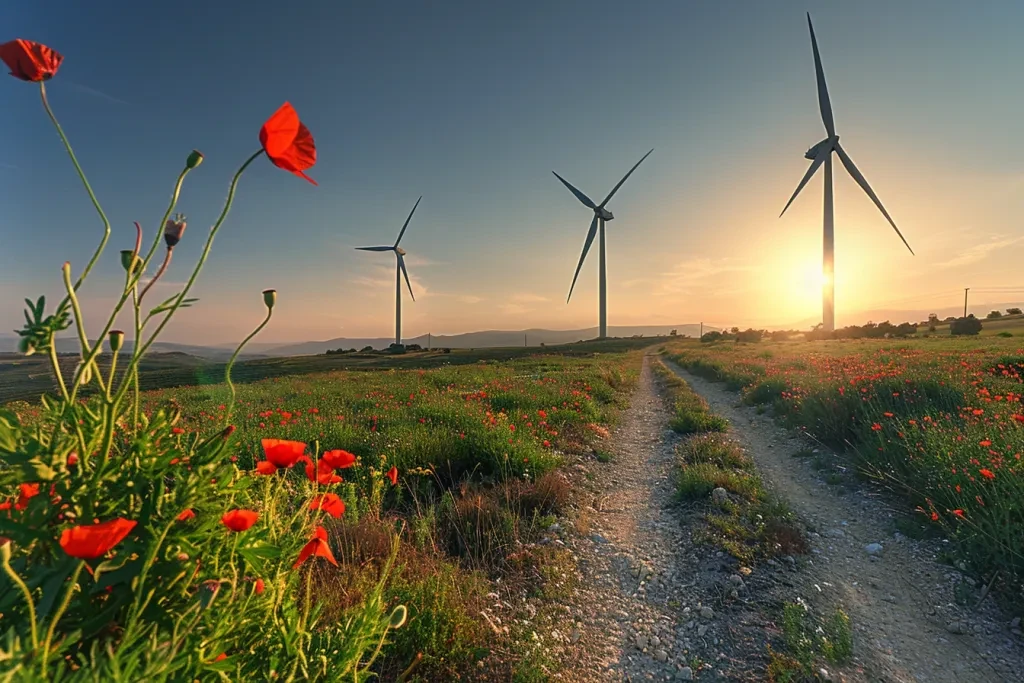
It’s not just the breeze that you feel on a still day. Wind is the movement of air, and it moves because of the uneven heating of the Earth’s surface by the sun. This results in pressure differences, and air flows from areas of high pressure to low pressure, which is how we get wind. The power of wind comes from its ability to move large amounts of air mass. This air mass has significant force, as it can move oceans and shape the continents.
The Earth’s rotation (and geography) are also contributory to wind formation: the Coriolis effect curves wind into patterns that are specific to the Earth’s rotation, while mountains and valleys direct and accelerate wind over them. All of these natural forces result in a variety of wind climates across the globe, each with its own opportunities and challenges for wind energy.
From those patterns, they can determine potential sites for wind farms, where the wind is reliable and strong, a key battleground of the next energy shift.
wind is both strong and consistent, are the battlegrounds on which the future of renewable energy is being forged.
The process of converting wind into energy
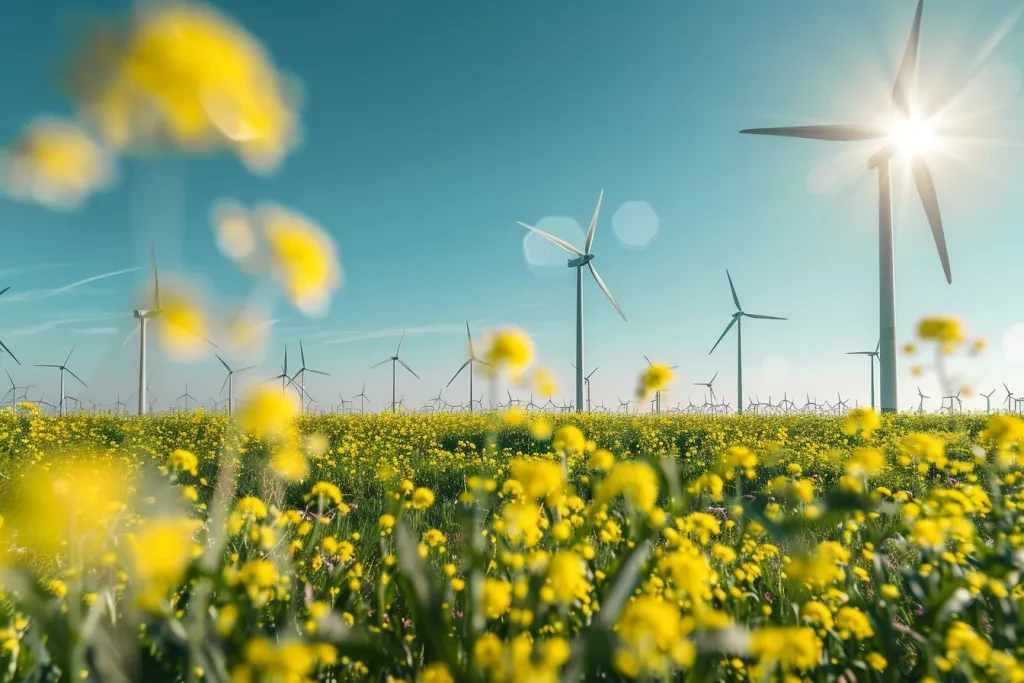
The kinetic energy of wind is converted into electricity in a remarkable application of engineering. It all starts with a wind turbine: a large structure with imposing circling blades that are designed to harness the kinetic energy of the wind. As the wind blows, it causes the blades to turn around a rotor. The turning rotor, in turn, spins a generator and produces electricity.
How efficiently this is done depends on a number of factors. The speed of the wind, the density of the air, and the technologies used to convert it into useful energy all play a role. The most important of these factors is wind speed, since the power available from the wind is proportional to the cube of its speed – that means doubling the wind speed will increase the energy available by a factor of eight.
The conversion of wind energy has also benefited from technological advancements. Better (stronger) blade materials, optimised blade profiles and streamlined control systems all contribute to the high energy conversion efficiencies that today’s commercial wind turbines exhibit.
The impact of wind energy on the environment
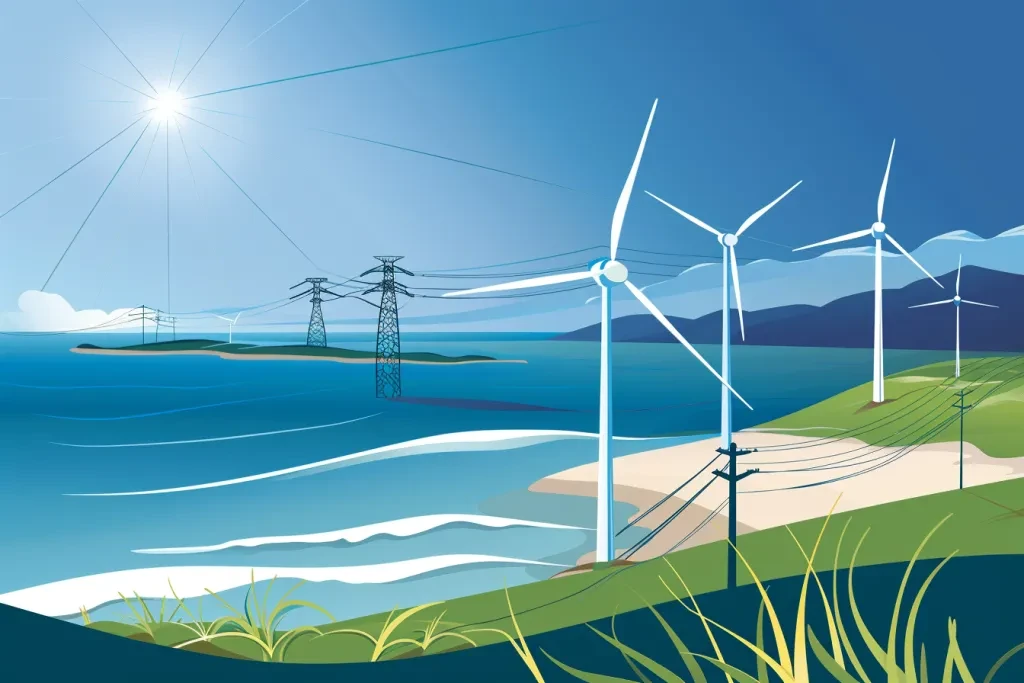
Wind energy is applauded because it has a very small environmental footprint, and its production does not emit any greenhouse gases (unlike fossil fuels). In fact, wind energy is key to slowing down climate change. In addition, wind farms require surprisingly little land, and agriculture can continue or the land is left wild, a boon to local biodiversity.
But, like all energy sources, the development of wind energy has environmental consequences. Although they have decreased, the construction of wind farms can disrupt local ecosystems, and birds and bats can be killed by turbines. The green energy industry must be attentive to these problems, and to keep pushing for technological solutions that reduce impacts on wildlife.
However, I also believe that the environmental benefits of wind power are undeniable. This kind of energy displaces the fossil-fuel derived electricity that causes air pollution and requires a lot of water to generate, thereby making our planet a much healthier place for our children’s children.
The technological advancements in wind energy
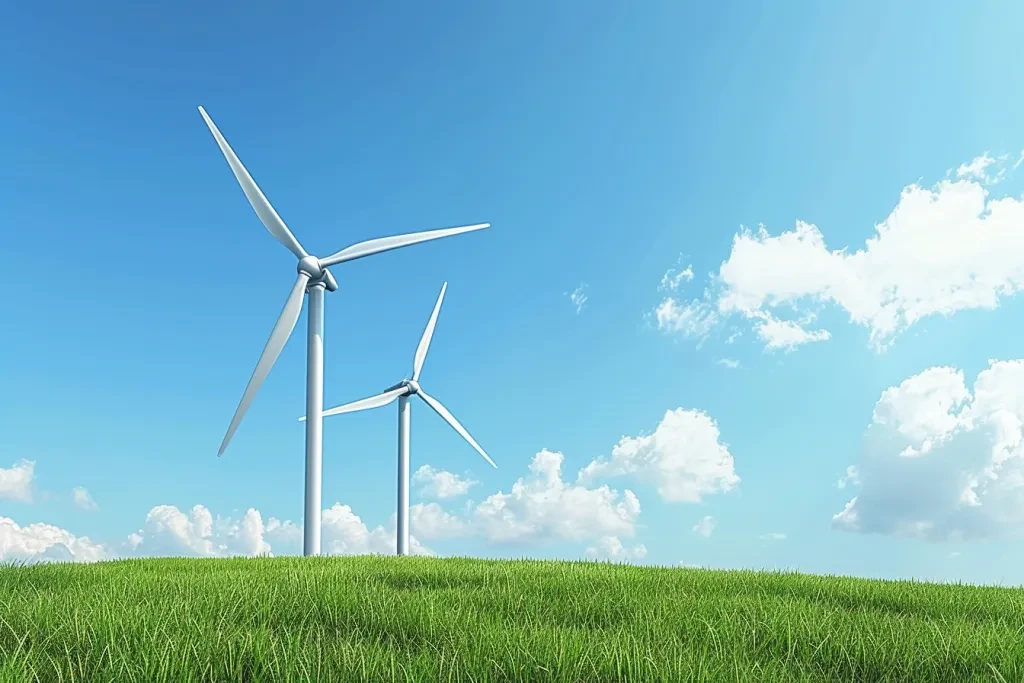
Wind energy is a field of breakneck innovation, with a constant stream of new technologies bringing down the cost of wind power, making it more reliable, and extending its applicability. One of the most significant recent innovations is the practice of offshore wind farms. Offshore wind is faster and more reliable than land-based wind, and therefore more productive.
A second piece of technology that promises to dramatically expand supply potential is floating wind turbines. These are turbines that are not fixed to the seabed, so they can be deployed in waters that are far too deep for anchored turbines, thus opening up vast new areas for wind energy.
Similarly, smart grids and energy storage technology are improving wind reliability: not only does energy storage allow for off-peak wind production to be used during periods of high energy demand but other forms of renewables, such as solar photovoltaic power, can be ramped up when the wind is scarce.
The future of wind energy
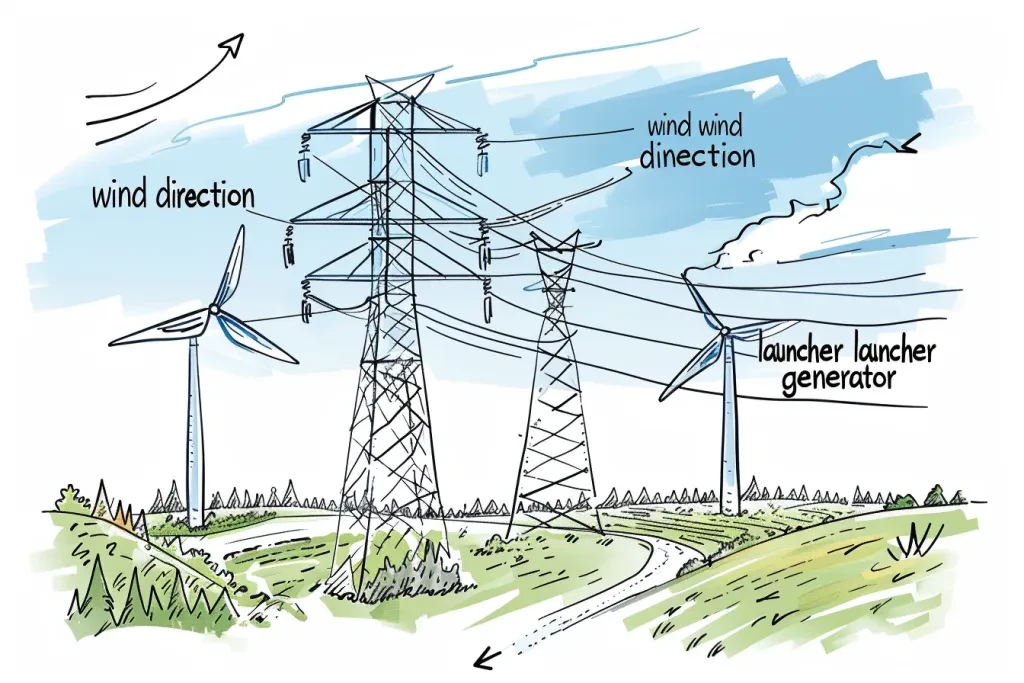
The future appears to hold a bright outlook for wind energy. Continual technological advancements coupled with a global shift in favour of renewable energy means that wind will play a major role in the energy mix of the future. Significant cost reductions in wind energy, when coupled with supportive policies and investments, is making wind energy competitive with traditional sources of energy.
Furthermore, wind energy will create economic development and jobs, from building wind farms to maintaining turbines. As communities around the world begin using wind power, the examples of benefits from clean, renewable energy will only grow.
Overall, using wind as a renewable energy lies in learning how it works. From its generation to the latest technology, each part of wind energy lets us see through the ways of its utilisation, which leads us to the brighter and greener future by wind energy.
Conclusion:
The renewable energy revolution that’s just getting underway is being built on wind power. To understand how wind works is to begin to comprehend the forces of nature that drive this incredible technological innovation. To understand how we all can benefit from that. This is an edited extract taken from the book Wind! The Spirit and Science of Air in Motion (Farrar Straus Giroux) by Otto E Witte.



